We were up before 6:00am on our last morning in Puno. We had a 7:00am bus to catch that would be taking us on a 10 hour ride to Cusco. The ride doesn't actually take 10 hours--it's closer to 6, but the bus makes 5 stops at various archaeological and historical sites along the way. The cost for the two of us was less than $100 combined, and it would give us a chance to drive through the Andes and see less inhabited places than we otherwise would. Flights were also costing about $200 per person plus the cab we would have been about $30 to the airport--so all in all the Puno to Cusco Tour bus seemed like good alternative. The only question was could my knees take that many hours in a bus?
The streets of Juliaca
We arrived at the bus station and were the first people there. The tour bus looked very nice, similar to Le Bus but with a laser green paint job. After a short wait, the bus filled up and we were on our way towards Cusco. I was intent on seeing birds out the window, so kept my binoculars in hand. Until we got outside of Puno there wasn't much--but the drive to Juliaca turned out to be very productive. The first bird I saw perched on a tree just outside town was my lifer APLOMADO FALCON. It was a brief look--as with the rest of my "drive-by-in-bus-birding" for the day, but it was still nice. As we approached a large pond, I started scanning when a small flock of shorebirds flying over the water caught my attention--they were small and stocky, and appeared to be plovers--they were PUNA PLOVERS! An extremely lucky find but not the luckiest of the day. As the ride went on pas Juliaca MOUNTAIN CARACARA and ANDEAN LAPWING became prominent in the fields along the road. PUNA TEAL and PUNA IBIS were also common site. As we started our approach to our first stop of Pukara, a river came into view by the highway--my attention was now shifted to one of my top target birds of the trip--the only question was, would I be lucky enough to see a flamingo?
View of the Andes in the distance.
There were no flamingos before Pukara, where the driver maneuvered the bus into an alley I couldn't have imagined would fit the beast. We made it to the town square where like most otters there was a cathedral, and here a lot of locals peddling nick knacks. This stop was to go to a museum to view Incan artifacts. I decided to leave my camera since we were going inside, and figured there would be no birds. After a short walk we went into the museum, and then came right out into a courtyard--great we were outside, and the singing RUFOUS-COLLARED SPARROWS let me know there were definitely birds here. It was only a few minutes before I noticed the first stocky yellow bird perched on the roof top. It appeared to be a Yellow Finch species, and with a bright yellow rump, my best guess was BRIGHT-RUMPED YELLOW--FINCH. Before I knew it there were 5 or 6 hopping around on the roof, and in the corners of the courtyard--dammit. I could have taken some amazing shots. Oh well, I figured I would see more during my trip--but in the end these were it. Several BARE-FACED GROUND-DOVES perched on the roof as well, while a couple VARIABLE HAWKS could be seen soaring high over the town. And scan as I might, I couldn't find a condor along the ridge lines.
As we left the museum several SPOT-WINGED DOVES flew past--their large white wing patches made for an easy ID. I would see numerous during the day and ail to capture a picture--and as with the Yellow-finches I wouldn't get another opportunity to photograph them. Back in the bus we made it back to the highway and were headed towards Cusco again. The river came close to the road here, and made for easy scanning. The occasional CATTLE EGRET was mixed in with the numerous PUNA IBIS on the river, which made up the majority of the birds. We passed one large pond which had several YELLOW-BILLED PINTAIL along with number of PUNA TEAL. Back to scanning the river I spotted the first of several ANDEAN GOOSE seen during the day. As we came around a bend in the road, the river opened up to a wide stretch at an oxbow. There along the sandbar at the edge of the creek was my prize for the day in 5 CHILEAN FLAMINGOS! I watched in awe as the pale pink and white birds passed from window to window in the bus--and then it was over, less than 5 seconds of viewing and they were a thing of the past. The damn tour bus...
Now I say Chilean Flamingos, only because they are the most likely species to encounter away from the extreme southwest part of the country--let's call it what it is and string along the exact species, based off this fact. Flamingo species on my life list just wouldn't cut it. It wasn't long and the bus came rolling into La Raya pass which sits at 4,338 meters above sea level--for those of us in America, that's just over 14,232' feet.
The mountains at the pass, and Sam & I posing at 14,000'.
Crappy digi-binoc'd photo of an Aplomado Falcon
Yellow-billed Teal at Raqchi
It was soon back to the bus and continuing on our way to Cusco. Our next stop were the ruins at Raqchi, which upon arrival looked impressive. To be honest most of the ruins looked impressive the first week and we are glad we saw them. Had we visited Machu Picchu first, none of these small sites really would have seemed all that special--everything pales in comparison. I finally decided to grab my camera as we were going to have nearly an hour outside here. There also appeared to be birds everywhere. CHIGUANCO THRUSH were common, as were the RUFOUS-COLLARED SPARROWS. I got brief looks at my only GREAT THRUSH of the trip here, as well as a RUST-AND-YELLOW TANAGER. As we sat and listened to the guide talk about a structure I spotted a beautiful VARIABLE HAWK circling nearby--it provided excellent photo ops.
Beautiful Veriable Hawk seen over Raqchi
AS we walked through the ruins 2 swifts appeared overhead. I saw the white collar and assumed they were White-collared Swifts which are common in Peru. I took a photo of one as it passed low just to have for the collection. It wasn't until we were back on the bus and I was looking through my shots that I realized the collar didn't look right. I pulled out the field guide and found a perfect match in the WHITE-CHESTED SWIFT. This species is listed as poorly known in Peru, and ironically this sighting was the first in eBird for the country.
First White-chested Swift for Peru in eBird, seen at Raqchi
On the pond at the ruins were several dozen YELLOW-BILLED TEAL, as well as a couple COMMON GALLINULE, and PUNA IBIS. An ANDEAN FLICKER called a couple times from a nearby hillside, rounding out my list for this stop. Before getting back on the bus I took a couple minutes to corner and photograph a CHIGUANCO THRUSH.
Chiguanco Thrush at Raqchi
We made one final stop in a town with a name far to confusing to even try to write down--let alone pronounce. Here we visited a church often called the "Sistine Chapel of South America". It's painted ceiling was immaculate but they didn't allow any photos. And despite a beautiful flowering tree outside, no hummingbirds were seen. The rest of the bus ride took us past Huacarpay Lake where I would be birding in about 36 hours, and into Cusco. After arriving at the bus station a taxi picked us up and drove right into the downtown historical district and our hotel. The Aranwa Cusco Boutique Hotel was the nicest hotel of the trip, and to be honest the nicest hotel I have ever stayed at. We booked it through Groupon and scored a killer deal which basically halved the price for this 5 star accommodation that otherwise I never would have stayed at. After getting settled in we decided to walk over to the Plaza de Armas and check out the streets. It was very nice and we felt extremely safe out here at night. The whole area is extremely touristy and was a completely different atmosphere from Puno. The fountain in the square was lit up and it was a beautiful night in the Incan capital.
Plaza de Armas during our first night in Cusco.
I went out on a limb and tried alpaca steak for dinner at our hotel. It was actually pretty tasty, and now I could say I tried something different and exotic--guinea pig is a local delicacy and was on our radar for the following week. After dinner we crashed in the most comfortable bed I slept in all trip. It was nice to finally get a full nights sleep, with nothing but walking around Cusco on the agenda for the following day.
18 life birds today / 79 total trip life birds / 115 total trip birds
Photos from Sillustani on TimAveryBirding.com
Labels: Peru, Travel, trip reports
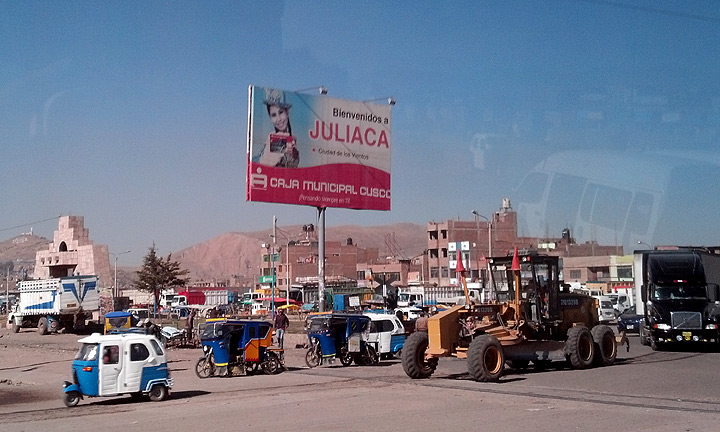
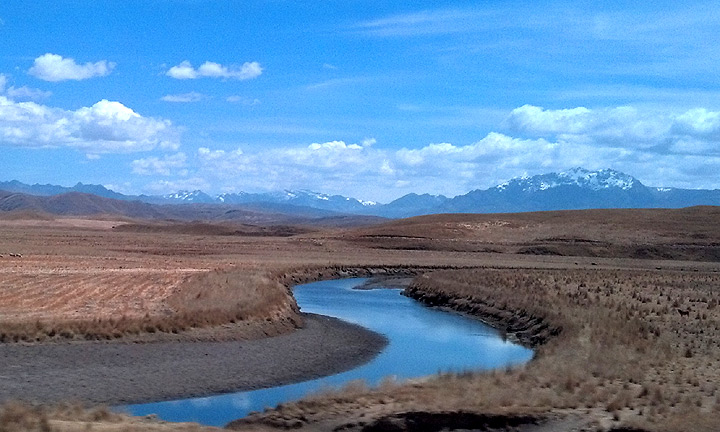
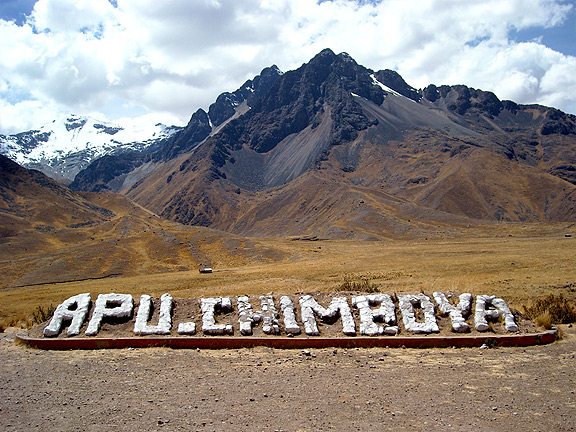
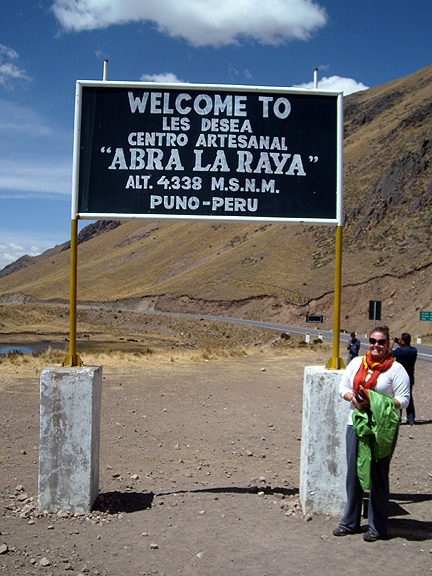
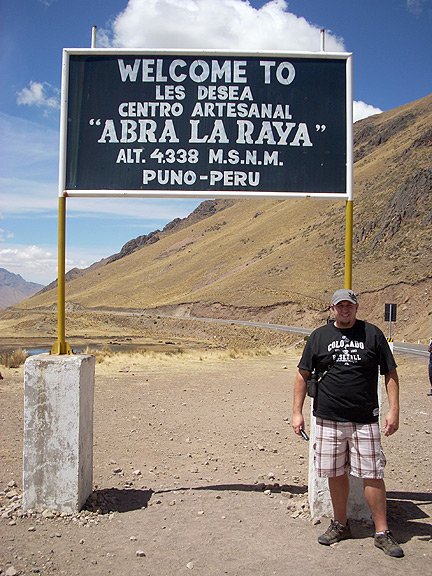
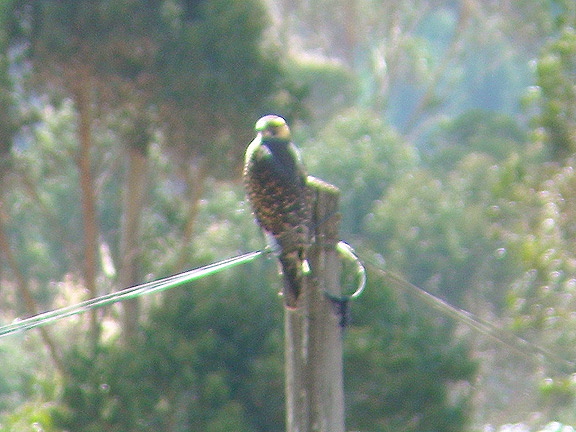
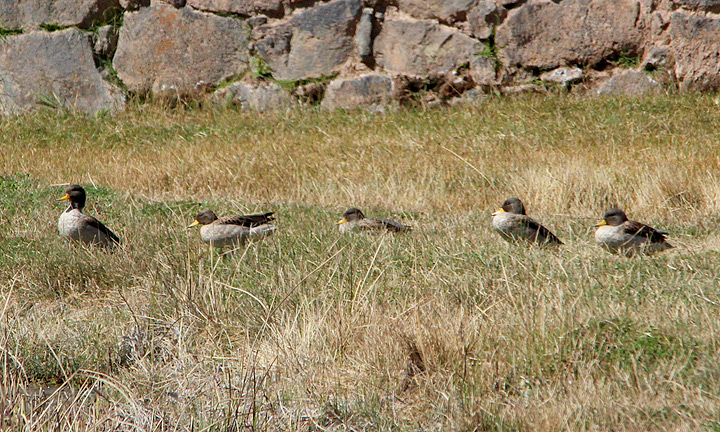
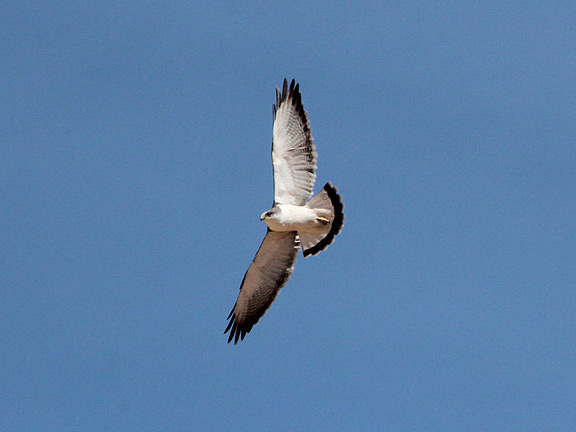
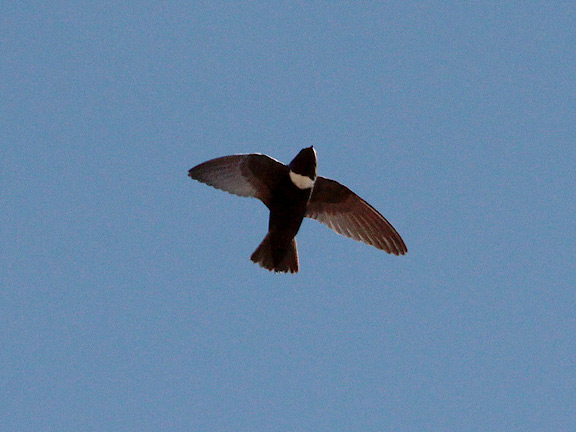
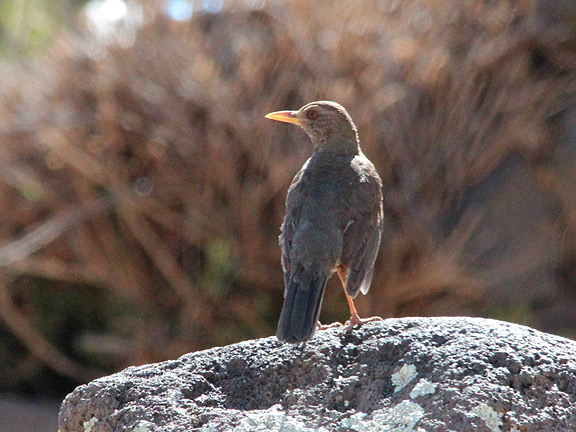
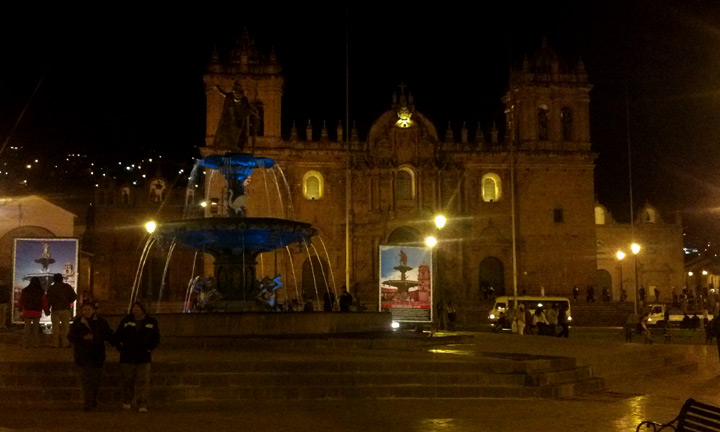

6 Comments:
peru and cusco are wonderful places.These places looks beautiful in night and has its own beauty. Luxury cheap hotels, Great scenic beauty attracts the people and force them to visit these places again and again.
_____________________
Hotel in Cusco
This comment has been removed by a blog administrator.
Salkantay trek is the alternative to the Inca Trail to Machu Picchu was recently named among the 25 best Treks in the World, by National Geographic Adventure Travel Magazine.
the Salkantay Trail is an ancient and remote footpath located in the same region as the Inca Trail where massive snowcapped mountains collide with lush tropical rain forests.
We just wanted to say thank you for the amazing photos.
Peru
Explore the Inca heartlands: Machu Picchu and the Sacred Valley
Enjoy the Inca Trail, one of the most scenic and well-known treks in the world.
Hike through stunning mountain scenery along the Salkantay Trek.
Post a Comment
Subscribe to Post Comments [Atom]
<< Back to Previous